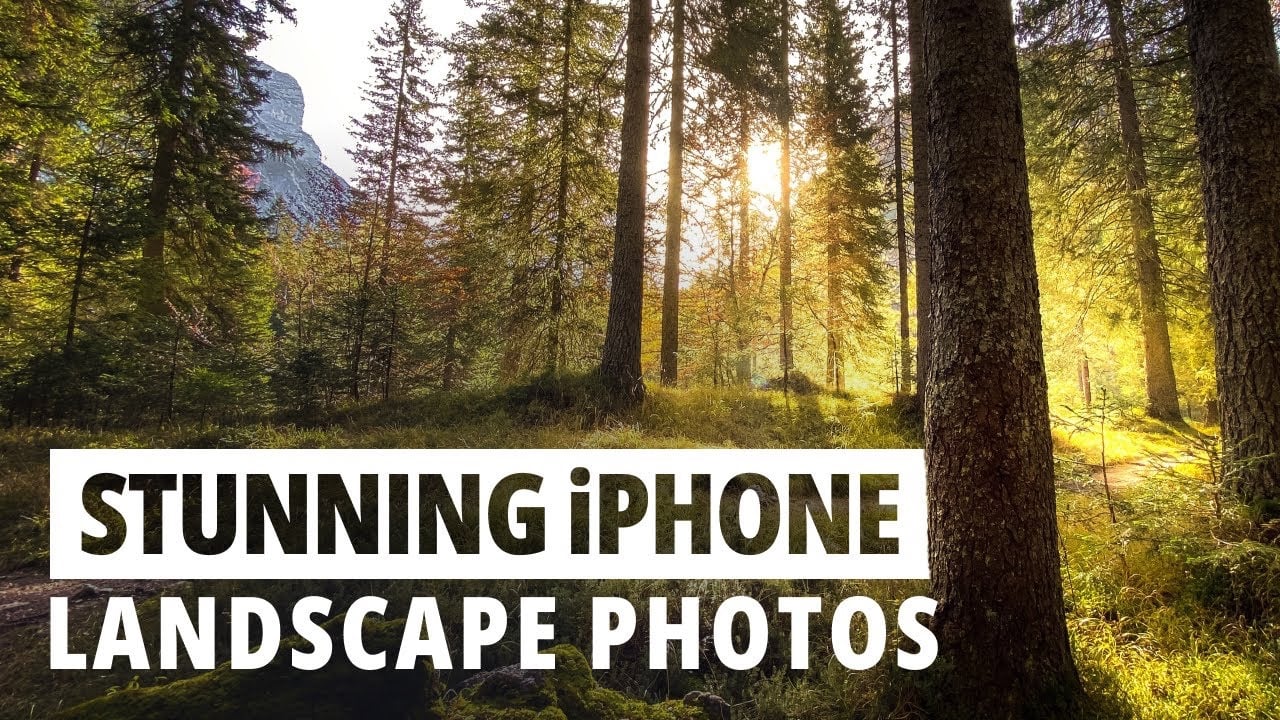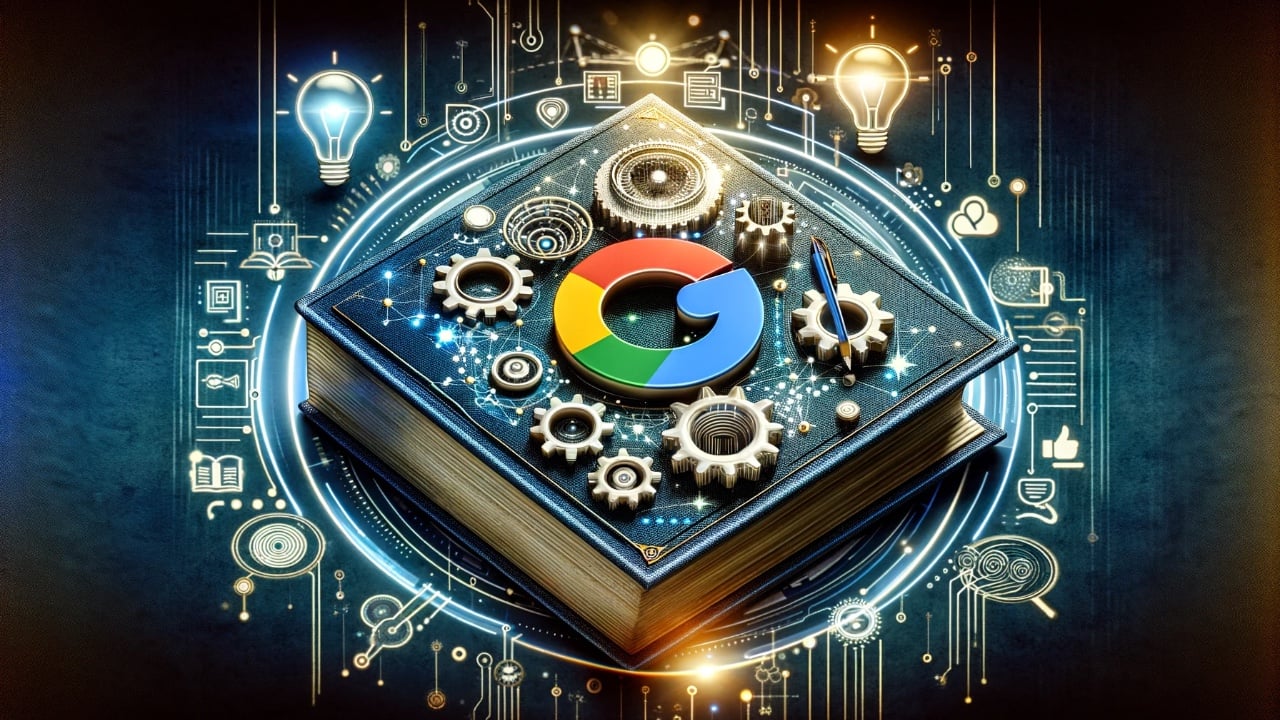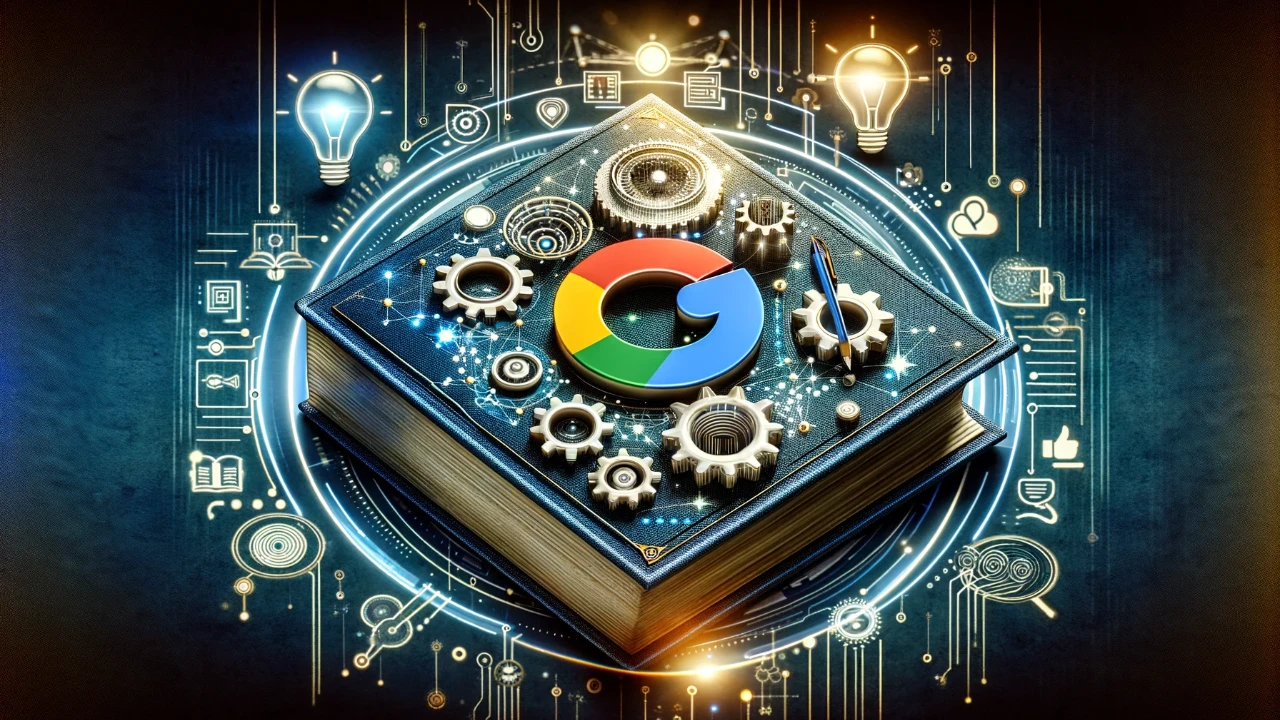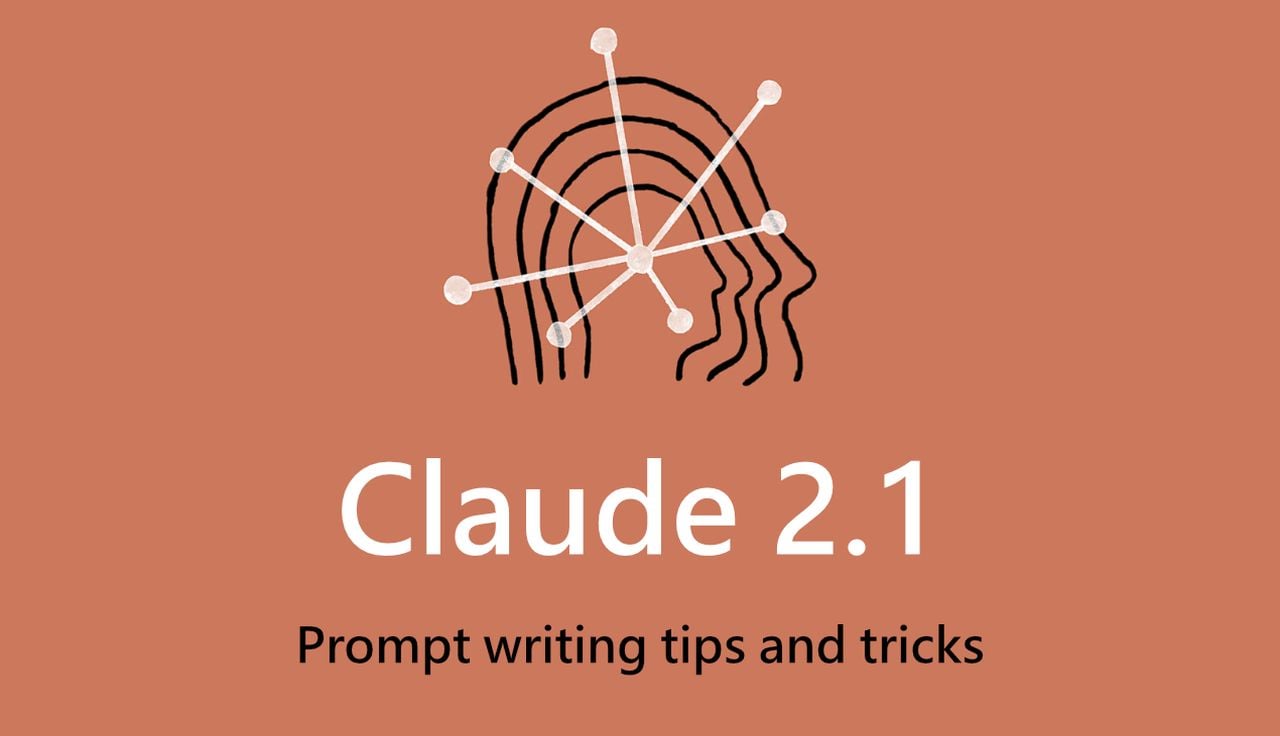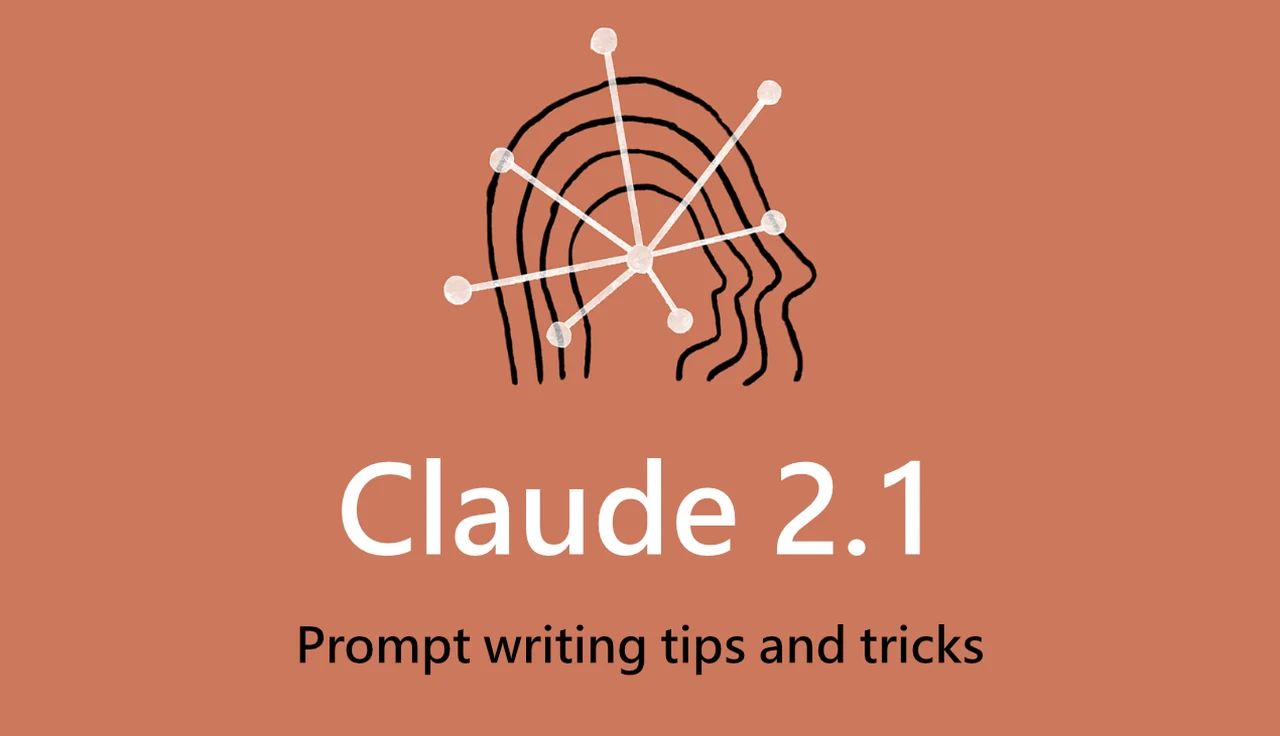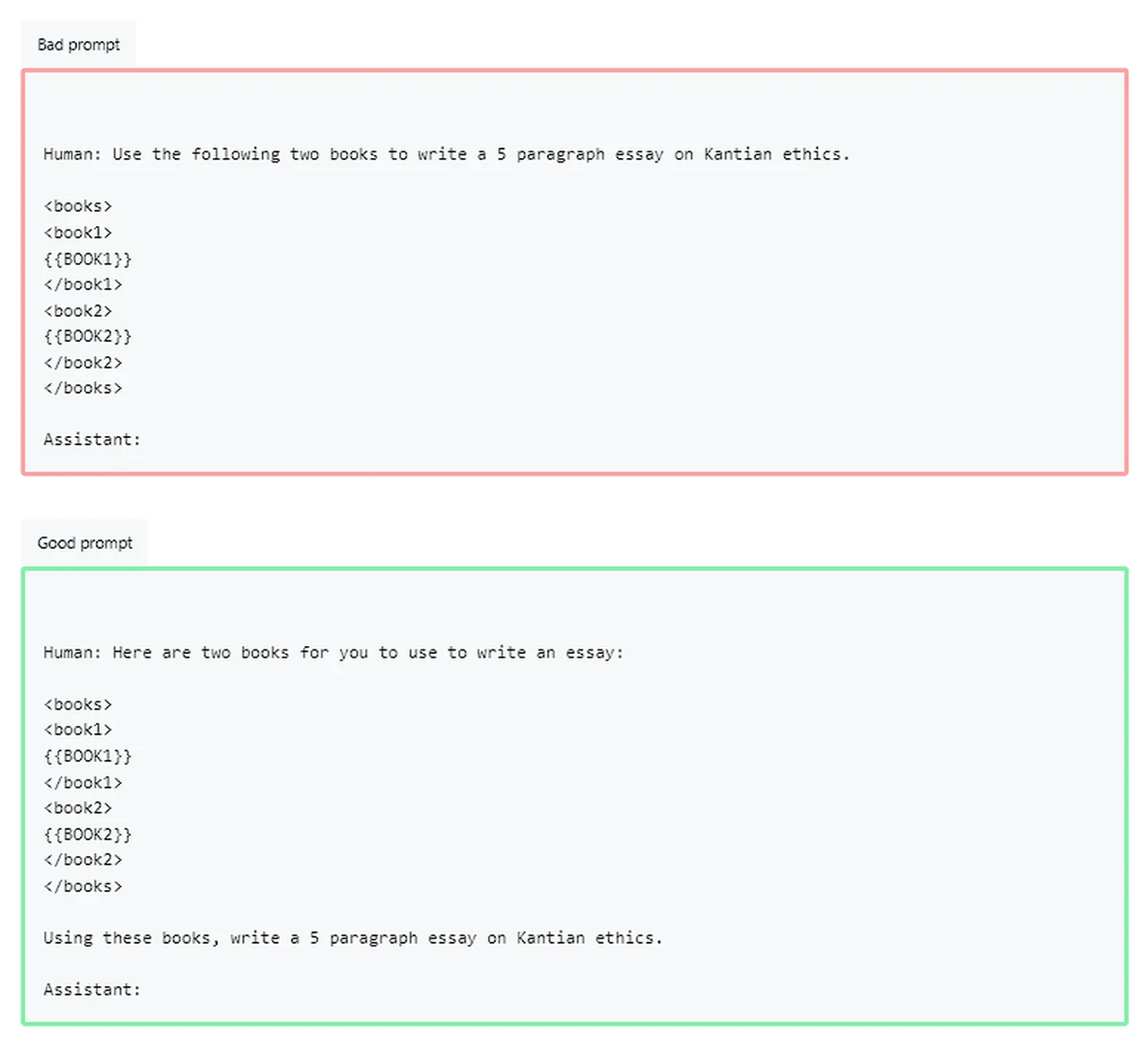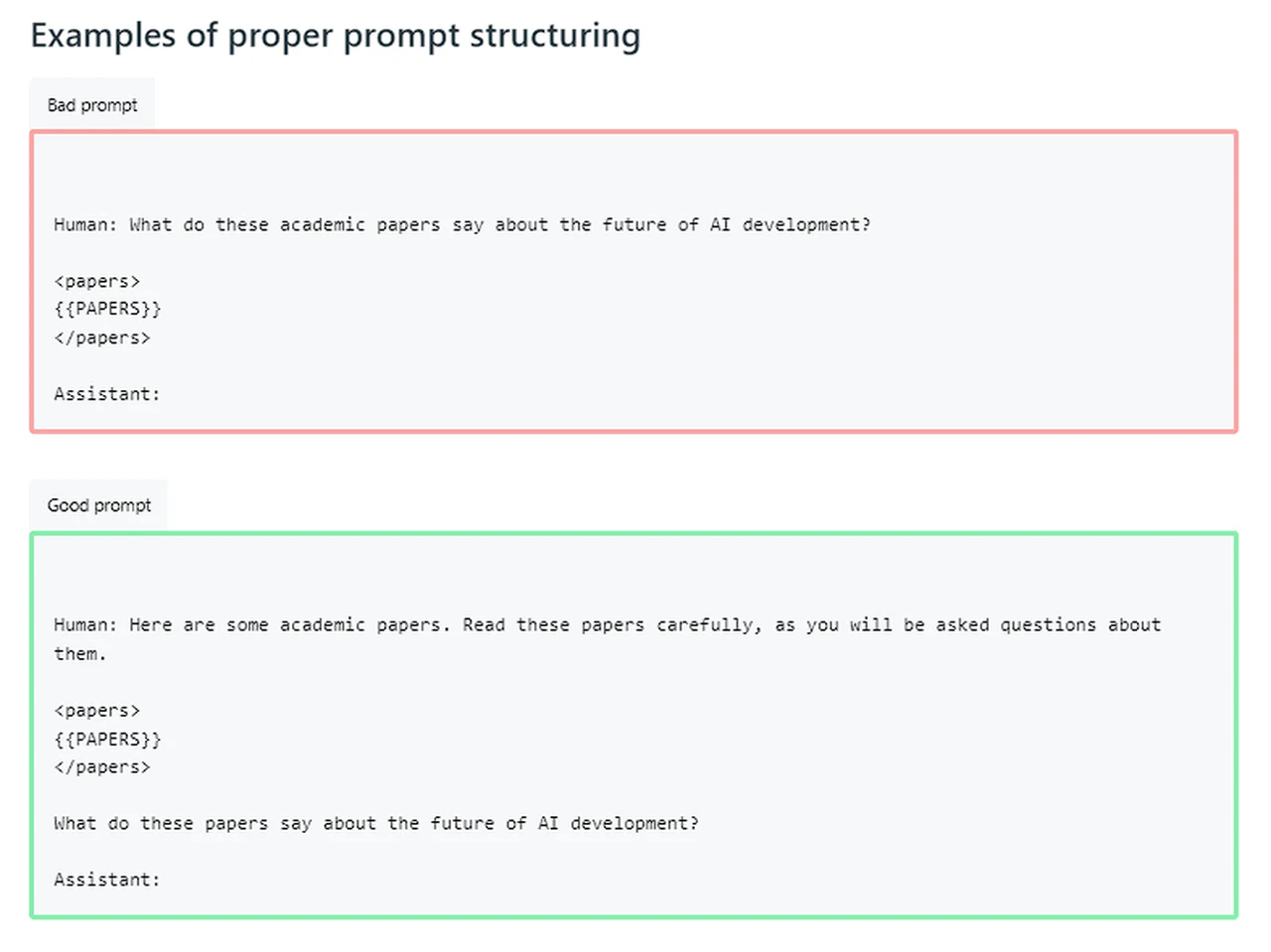Are you tired of posting on Facebook without getting the desired results? Do you want to take your online presence to the next level?
Understanding the importance of a strong Facebook content strategy is crucial in today’s digital landscape. With insights, inspiration, and guidelines provided in this guide, you’ll learn how to leverage these advanced techniques effectively. Discover the key elements that can revolutionize your Facebook marketing approach, connecting with your audience like never before.
So, if you’re ready to skyrocket your reach, generate leads, and strengthen relationships through engaging content on Facebook, buckle up! This article will provide you with practical tips and strategies to enhance your online presence and drive traffic to your website or products. Get ready for a game-changing transformation!
Mastering Facebook’s Algorithm for Content Success
Gain insights into Facebook’s algorithm and its impact on content visibility
To effectively transform your Facebook content strategy and achieve instant Facebook views and a stronger online presence, it is crucial to understand how Facebook’s algorithm works. The algorithm determines what content appears on users’ news feeds based on various factors such as relevance, engagement, and timeliness.
By gaining insights into the algorithm, you can optimize your content to increase its visibility among your target audience. Understanding the key elements that influence the algorithm’s decision-making process allows you to tailor your posts accordingly.
Facebook prioritizes organic content that generates meaningful interactions over promotional or low-quality posts. This means that creating high-quality, engaging content is essential for maximizing reach and engagement. By focusing on producing valuable and relevant content that resonates with your audience, you can improve your chances of appearing in their news feeds.
Learn strategies to optimize your content for better reach and engagement
To enhance the reach and engagement of your Facebook content, consider implementing the following strategies:
- Create compelling headlines: Craft attention-grabbing headlines that pique curiosity or offer value to entice users to click on your post.
- Use eye-catching visuals: Incorporate visually appealing images or videos that capture attention while aligning with the message of your post.
- Encourage meaningful interactions: Prompt users to engage with your posts by asking questions, inviting opinions, or encouraging them to share their experiences related to the topic.
- Post at optimal times: Experiment with different posting times to identify when your audience is most active on Facebook. Posting when they are more likely to be online increases the chances of immediate visibility and interaction.
- Leverage live videos: Take advantage of Facebook Live videos as they tend to receive higher organic reach compared to other types of posts. Live videos create a sense of urgency and authenticity that captivates viewers.
- Engage with your audience: Respond to comments, messages, and feedback from your followers promptly. Building a genuine connection with your audience fosters loyalty and encourages them to engage further with your content.
Understand how to adapt your content strategy based on algorithm updates
Facebook’s algorithm is not static; it undergoes regular updates and changes. Staying informed about these updates allows you to adapt your content strategy accordingly and maintain optimal visibility.
When Facebook announces algorithm updates, pay attention to the specific changes they introduce. For example, if the update prioritizes posts from friends and family over branded content, consider incorporating more personal stories or user-generated content into your strategy.
Monitor the performance of your posts regularly.
Crafting Engaging Facebook Posts for Marketing Impact
Crafting compelling and shareable posts on Facebook is essential for any successful social media marketing strategy. To capture your audience’s attention and build a stronger online presence, it’s crucial to employ advanced techniques that go beyond simple text updates.
Storytelling: Capturing Audience Attention
Storytelling is a powerful tool. Instead of simply sharing information or promoting products/services, consider weaving narratives that resonate with your target audience. By telling stories that evoke emotions or spark curiosity, you can create a deeper connection with your followers.
For example, if you’re a fitness brand, instead of just posting about the benefits of exercise, share stories of individuals who have transformed their lives through fitness. These personal anecdotes will not only captivate your audience but also inspire them to take action and engage with your brand.
Visuals: Enhancing Engagement
Incorporating visuals into your Facebook posts can significantly enhance engagement levels with Instant Famous. Humans are visual creatures, and eye-catching images or videos are more likely to grab attention in a crowded newsfeed. When creating visual content for Facebook posts, ensure that they align with your brand identity and convey the intended message effectively.
Consider using high-quality images or videos that showcase your products/services in action or depict relatable scenarios related to your industry. Infographics are another effective way to present information in an easily digestible format while adding visual appeal.
Questions and Calls-to-Action: Encouraging Interaction
To foster meaningful interactions with your audience on Facebook, it’s important to include questions and calls-to-action (CTAs) in your posts. By asking thought-provoking questions related to your industry or seeking opinions from followers, you invite them to participate actively in the conversation. This engagement not only boosts your post’s reach but also helps you gain valuable insights into your audience’s preferences and needs.
CTAs, on the other hand, prompt your audience to take a specific action, such as visiting your website, signing up for a newsletter, or making a purchase. By including clear and compelling CTAs in your Facebook posts, you can drive traffic to your website and convert followers into customers.
Incorporating these advanced techniques into your Facebook content strategy can transform the impact of your social media marketing efforts. By telling captivating stories, utilizing eye-catching visuals, and encouraging interaction through questions and CTAs, you can create engaging posts that resonate with your audience and build brand awareness.
Incorporating Videos into Your Facebook Content Strategy
Videos have become an integral part of social media content, and Facebook is no exception. Incorporating videos into your Facebook content strategy can significantly enhance your online presence and drive engagement among your audience.
Discover the Power of Video Content on Facebook
Video content has the power to captivate and engage viewers in a way that other forms of content may not be able to achieve. With the rise of platforms like YouTube and TikTok, visual content has become increasingly popular and sought after by users.
Videos have proven to be highly effective in grabbing attention and generating instant views. The autoplay feature on the platform ensures that videos start playing as users scroll through their feed, increasing the likelihood of capturing their interest.
By incorporating videos into your Facebook strategy, you can leverage this powerful medium to tell compelling stories, showcase products or services, share tutorials or educational content, and entertain your audience.
Learn Best Practices for Creating and Promoting Videos
To make the most out of video content on Facebook, it’s essential to follow some best practices:
- Keep it short: Attention spans are shorter than ever, so aim for concise videos that convey your message effectively within a few seconds or minutes.
- Grab attention early: Start your video with an attention-grabbing hook or visually appealing scene to capture viewers’ interest from the very beginning.
- Optimize for mobile: Since most people access Facebook from their mobile devices, ensure that your videos are optimized for mobile viewing by using subtitles or captions.
- Add captions: Including captions in your videos allows viewers to understand the content even when they’re watching without sound.
- Experiment with different formats: Try creating different types of video content such as behind-the-scenes footage, interviews, product demonstrations, or user-generated content (UGC) to keep your audience engaged.
Promoting your videos on Facebook is just as important as creating them. Consider using Facebook Ads to reach a wider audience and boost your video’s visibility. You can also collaborate with influencers or partner with other businesses to cross-promote each other’s videos.
Understand How to Optimize Video Content for Maximum Reach and Impact
To ensure that your videos reach a larger audience and have a lasting impact, it’s crucial to optimize them for maximum reach:
- Use relevant keywords: Include relevant keywords in your video titles, descriptions, and tags to improve discoverability.
- Engage with comments and shares: Responding to comments on your videos and encouraging viewers to share can help increase engagement and expand your video’s reach.
Building a Comprehensive Facebook Marketing Plan
To transform your Facebook content strategy and build a stronger online presence, it’s crucial to develop a comprehensive Facebook marketing plan. By taking a strategic approach, you can maximize your efforts and achieve better results for your business or brand.

Develop a Strategic Approach
Having a clear strategy is essential. Start by identifying your target audience, understanding their needs and interests, and determining how you can provide value to them through your content. This will help you tailor your messaging and create content that resonates with your audience.
Next, define your goals for using Facebook as part of your overall marketing strategy. Are you looking to increase brand awareness, drive website traffic, generate leads, or boost sales? Having specific goals in mind will guide your decision-making process and ensure that every action you take on Facebook aligns with these objectives.
Identify Key Performance Indicators (KPIs)
To measure the success of your Facebook marketing efforts, it’s important to identify key performance indicators (KPIs) that align with your goals. These KPIs could include metrics such as reach, engagement (likes, comments, shares), click-through rates (CTR), conversion rates, or return on ad spend (ROAS).
By regularly tracking these metrics and analyzing the data, you can gain insights into what is working well and what needs improvement. This data-driven approach allows you to make informed decisions about optimizing your content strategy and allocating resources effectively.
Create an Integrated Plan
A successful Facebook marketing plan integrates various tactics to amplify its impact. Organic posts are an essential component of any content strategy as they allow you to connect authentically with your audience without spending money on ads. Focus on creating engaging and valuable content that encourages interaction and sharing.
In addition to organic posts, consider incorporating paid ads into your strategy. With targeted advertising options available on Facebook Ads Manager, you can reach specific segments of your audience, increase brand visibility, and drive conversions. Experiment with different ad formats, such as image ads, video ads, or carousel ads, to see which ones resonate best with your target audience.
Collaborations can also be a powerful way to expand your reach on Facebook. Partnering with influencers or complementary brands can help you tap into new audiences and gain credibility. Look for opportunities to collaborate on co-branded content or cross-promotions that benefit both parties involved.
By combining these tactics and consistently monitoring the performance of your Facebook marketing efforts, you can refine your strategy over time and achieve better results. Remember to stay up-to-date with the latest trends and features on the platform to leverage them effectively in your marketing campaigns.
Setting Clear Goals for Facebook Marketing Success
Setting clear goals is essential. Without defined objectives, you may find yourself aimlessly posting content without a clear direction or purpose.
Define Measurable Goals That Align With Your Overall Marketing Objectives
To effectively transform your Facebook content strategy, it’s crucial to define measurable goals that align with your overall marketing objectives. These goals should be specific and focused on what you want to achieve through your Facebook marketing efforts. For example, if one of your marketing objectives is to increase brand awareness, a corresponding goal could be to reach a certain number of impressions or engagement metrics on your Facebook posts.
By setting measurable goals, you provide yourself with a clear target to work towards and can track progress over time. This allows you to assess the effectiveness of your strategies and make adjustments as needed. Having specific goals helps keep you motivated and provides a sense of accomplishment when they are achieved.
Understand the Importance of Setting SMART Goals
When setting goals for your Facebook marketing strategy, it’s important to follow the SMART framework: specific, achievable, relevant, and time-bound. Specificity ensures that your goals are well-defined and leave no room for ambiguity. Achievability ensures that your goals are realistic and within reach based on available resources and capabilities.
Relevance ensures that your goals directly contribute to your overall marketing objectives and align with the needs of your target audience. Lastly, time-bound means setting deadlines or milestones for achieving each goal. This creates a sense of urgency and helps prioritize tasks accordingly.
For example, instead of setting a vague goal like “increase engagement,” a SMART goal would be “increase average post engagement rate by 10% within three months.” This goal is specific, achievable, relevant to your marketing objectives, and has a clear timeframe.
Learn How to Track Progress and Make Data-Driven Decisions
Setting goals is only the first step; tracking progress and making data-driven decisions based on goal outcomes is equally important. Utilize Facebook’s analytics tools or third-party social media management platforms to monitor key metrics such as reach, engagement, click-through rates, and conversions.
Regularly review these metrics to evaluate the effectiveness of your content strategy and identify areas for improvement. For example, if you notice that certain types of posts consistently receive higher engagement rates, you can adjust your content strategy to focus more on those topics or formats.
By analyzing data and making informed decisions based on goal outcomes, you can optimize your Facebook content strategy for better results.
Enhancing Engagement Through Proactive Audience Interaction
To truly transform your Facebook content strategy and build a stronger online presence, it’s crucial to implement strategies that foster meaningful interactions with your audience. By actively engaging with your followers, you can encourage comments, likes, shares, and even user-generated content. This level of engagement not only boosts visibility but also helps establish a loyal community around your brand.
One effective way to enhance engagement is by utilizing social listening tools. These tools allow you to monitor conversations happening on social media platforms and gain valuable insights into what your audience is saying about your brand or industry. By keeping an ear to the ground, you can identify opportunities for proactive interaction and respond promptly.
When engaging with your audience, it’s important to maintain a consistent brand voice that resonates with your target audience. Your brand voice should reflect the values and personality of your business while also being relatable to your specific audience. This consistency helps build trust and familiarity among your followers.
Another technique for enhancing engagement is through active participation in discussions. Rather than simply posting content and waiting for reactions, take the time to respond to comments and messages from users. Show genuine interest in their thoughts or questions and provide helpful responses whenever possible. This level of interaction demonstrates that you value their input and are invested in building relationships with them.
In addition to responding directly to comments, consider incorporating interactive elements into your content strategy. For example, you can create polls or quizzes that encourage users to share their opinions or test their knowledge on relevant topics. This not only increases engagement but also provides valuable insights into the preferences of your audience.
Furthermore, leveraging user-generated content (UGC) is an excellent way to foster engagement on Facebook. Encourage users to share photos, videos, or testimonials featuring your products or services. UGC not only adds authenticity but also serves as social proof for potential customers who may be considering purchasing from you.
Lastly, don’t underestimate the power of visual content in driving engagement. Facebook is a highly visual platform, and posts with eye-catching images or videos tend to perform better. Use high-quality visuals that align with your brand identity and captivate your audience’s attention. Incorporating compelling visuals into your content strategy can significantly enhance engagement and increase the likelihood of shares and likes.
Measuring and Optimizing with Facebook Analytics
Leveraging Facebook’s Analytics Tools
To transform your Facebook content strategy and build a stronger online presence, it is crucial to leverage the analytics tools provided by the platform. Facebook Analytics offers valuable insights into your content performance, allowing you to make data-driven decisions and optimize your strategy for better results.
Understanding Key Metrics
One of the first steps in utilizing Facebook Analytics is understanding key metrics such as reach, engagement, and conversion rates. Reach refers to the number of unique users who have seen your content, while engagement measures how users interact with your posts through likes, comments, and shares. Conversion rates indicate the percentage of users who take desired actions such as making a purchase or signing up for a newsletter.
By analyzing these metrics, you can gain deeper insights into what resonates with your audience and tailor your content accordingly. For example, if you notice that certain types of posts receive higher engagement rates, you can prioritize creating more of that content to maximize user interaction.
Using Data to Refine Your Content Strategy
Once you have a clear understanding of key metrics, it’s time to use data to refine your content strategy. Facebook Analytics provides detailed information about audience demographics, interests, and behaviors. This data can help you identify patterns and preferences among your target audience.
For instance, if you discover that a significant portion of your audience consists of young adults interested in fitness and wellness, you can create content specifically tailored to their needs and interests. This targeted approach increases the likelihood of capturing their attention and driving meaningful engagement.
Furthermore, Facebook Analytics allows you to track the performance of individual posts or campaigns over time. By comparing different periods or A/B testing variations in your content strategy, you can determine what works best for your audience. This iterative process helps optimize future campaigns by focusing on tactics that yield positive results.
Enhancing Ad Performance with Meta Pixel Integration
Another powerful feature of Facebook Analytics is the integration with the Facebook pixel—a small piece of code that tracks users’ actions on your website. By connecting your ad account to the Facebook pixel, you can gain insights into how your ads contribute to conversions and revenue.
This integration enables you to measure the effectiveness of your advertising campaigns and make data-driven decisions when allocating resources. For example, if you find that certain ads have a high conversion rate but low reach, you may consider increasing their budget or adjusting targeting parameters to expand their impact.
Diversifying with Multiple Social Media Platforms
Expanding your social media presence beyond Facebook can bring numerous benefits to your content strategy. By diversifying across multiple platforms, you can reach a wider audience and build a stronger online presence. Here are some key points to consider when exploring other social media channels.
Explore the Benefits of Diversifying
While Facebook is undoubtedly a powerful platform for connecting with your audience, it’s important to recognize that different social media platforms offer unique advantages. By branching out to other platforms, you can tap into new demographics and engage with users who may not be active on Facebook. For example, Twitter allows for real-time conversations through hashtags, making it ideal for joining trending discussions and reaching a broader audience.
Identify Platforms Aligned with Your Goals
To make the most of your social media efforts, it’s crucial to choose platforms that align with both your target audience and marketing goals. Conduct research to understand which platforms are popular among your desired demographic. For instance, if you’re targeting a younger audience or focusing on visual content, Instagram could be an excellent choice due to its highly engaged user base and emphasis on visual storytelling.
Develop a Cohesive Cross-Platform Strategy
Once you’ve identified the social media platforms that resonate with your target audience, it’s time to develop a cohesive cross-platform strategy. This involves creating consistent branding across all channels while tailoring content specifically for each platform’s unique features and user expectations. By doing so, you can maximize engagement and maintain a unified brand image throughout all of your social media channels.
One effective way to manage multiple social media platforms is by utilizing tools that allow you to monitor and schedule posts from a single dashboard. These tools streamline the process of managing various accounts while providing valuable analytics insights into how well your content performs across different platforms.
In addition to diversifying across different social networks, remember that incorporating hashtags into your posts can significantly boost visibility and reach. Hashtags serve as a way to categorize content and make it more discoverable by users interested in specific topics or trends. By strategically using relevant hashtags, you can increase the chances of your content being seen and shared by a broader audience.
Mapping Out Your Facebook Content with a Social Media Calendar
To transform your Facebook content strategy and ensure consistent and timely posting, it’s crucial to create a structured plan. This is where a social media calendar comes into play. By utilizing a content calendar, you can organize and schedule your posts in advance, allowing for better organization and more efficient management of your Facebook content.
One of the key benefits of using a social media calendar is that it helps you maintain consistency in your posting schedule. With a clear overview of what content you will be sharing and when, you can ensure that you are regularly engaging with your audience on Facebook. Consistency is vital for building trust and keeping your followers engaged.
Another advantage of using a content calendar is that it allows you to strategically plan the types and themes of your posts. A well-rounded mix of content types ensures that your audience remains interested and engaged. For example, you can include educational posts, entertaining videos, inspirational quotes, or behind-the-scenes glimpses into your business. By diversifying the content you share on Facebook, you cater to different preferences within your audience.
Scheduling posts in advance also gives you the opportunity to optimize their timing for maximum reach. By analyzing when most of your Facebook users are active on the platform or when they are likely to check their news feed, you can schedule posts during those peak times to increase visibility and engagement.
Having a social media calendar helps streamline collaboration within teams or with external partners involved in creating content for your Facebook page. It provides everyone involved with a clear roadmap of what needs to be created and when it needs to be published. This level of organization minimizes confusion and ensures that all parties are aligned with the overall content strategy.
When creating a social media calendar for Facebook, consider using tools like Google Sheets or Excel to easily visualize and manage your planned posts. You can create columns for dates, post captions or descriptions, links or media attachments, and any other relevant information. This way, you have a centralized location where you can track and update your content schedule.
Conclusion
Congratulations! You are now equipped with advanced techniques to transform your Facebook content strategy and build a stronger online presence. By mastering Facebook’s algorithm, crafting engaging posts, incorporating videos, and setting clear goals, you have the power to boost your visibility and engagement on this popular social media platform. But don’t stop there! Remember to enhance audience interaction, measure and optimize with Facebook Analytics, diversify with other social media platforms, and map out your content with a social media calendar.
Now it’s time to put these strategies into action. Experiment, analyze, and adapt as you go along. Keep in mind that success on Facebook requires continuous effort and staying up-to-date with the latest trends. So go ahead, take the plunge, and watch your Facebook presence soar!
Frequently Asked Questions
How can I improve my Facebook content strategy?
To improve your Facebook content strategy, focus on mastering Facebook’s algorithm, crafting engaging posts, incorporating videos, setting clear goals, enhancing audience interaction, measuring and optimizing with analytics, diversifying with other social media platforms, and mapping out your content with a social media calendar.
Why is it important to understand Facebook’s algorithm for content success?
Understanding Facebook’s algorithm is crucial because it determines which posts appear in users’ newsfeeds. By mastering the algorithm, you can increase the visibility of your content and reach a larger audience.
What types of posts should I create for marketing impact on Facebook?
Craft posts that are visually appealing and contain compelling captions or descriptions. Use a mix of text-based updates, images, videos, polls, and interactive content to engage your audience and drive marketing impact.
How can I incorporate videos into my Facebook content strategy?
Incorporating videos into your strategy can significantly boost engagement. Create informative or entertaining videos that resonate with your target audience. Ensure they are optimized for mobile viewing and use eye-catching thumbnails to capture attention in crowded newsfeeds.
Why should I diversify my social media presence beyond just Facebook?
Diversifying your social media presence allows you to reach different audiences across various platforms. It reduces reliance on one platform and helps you connect with potential customers who may not be active on Facebook alone.





